Toxic Chemicals
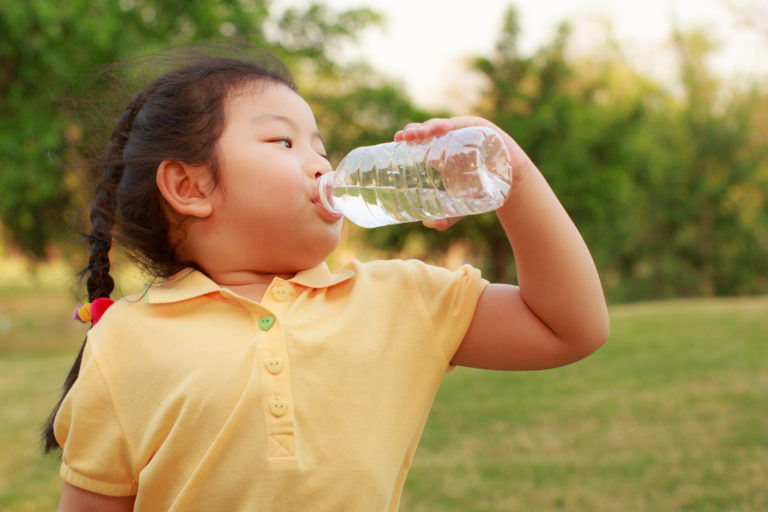
Antimony is a naturally occurring metal often used in combination with lead and zinc, found in metal alloys, paints, ceramics, and fireworks. It is also used as a catalyst to produce polyester, and is found in plastics used for disposable beverage bottles. The most widely used antimony compound is antimony trioxide, used as a component in flame retardant applications.
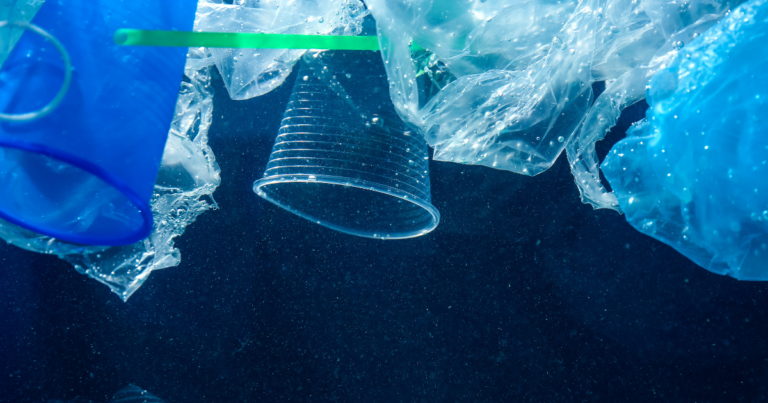
Antioxidants act as stabilizing chemicals that are added to plastics and food packaging to prevent them from degrading, as well as to personal care products and food as preservatives. Antioxidants are widely used in consumer products and some are associated with toxic effects.

APEs are a family of chemicals used mainly as surfactants in commercial detergents and cleaners. Their breakdown products include persistent toxic chemicals that build up in fish and wildlife.
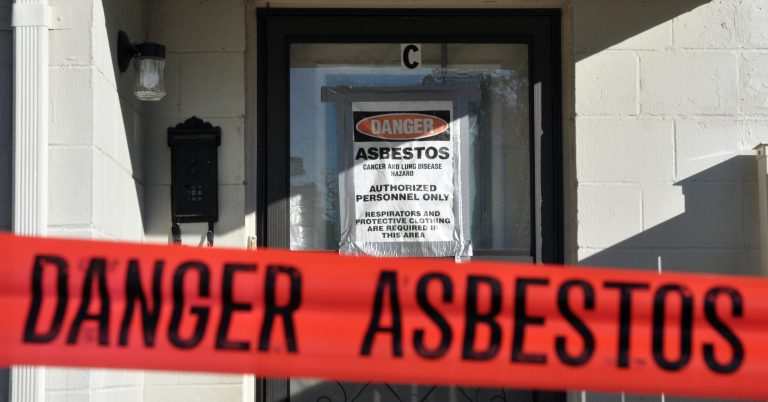
Despite everything we know about its toxicity, asbestos continues to be used in items like roofing materials and disc brake pads. If asbestos-containing materials such as insulation, flooring, and ceiling tiles become old and flake, then the asbestos fibers can become airborne and breathable.

Bisphenols are widely-used chemicals found in everything from food and beverage can linings to thermal paper and used to make polycarbonate plastic as well as epoxy resins.

Endocrine-disrupting chemicals (EDCs) are chemicals that can interfere, mimic, or block the body’s hormone system, resulting in serious health impacts on people and wildlife.

Formaldehyde is widely used in many consumer products, including building materials, pressed wood, cosmetics, shoe-care products, and textiles. It is also used as a disinfectant and as a preservative, including in mortuaries and medical labs. It has been identified as a cause of leukemia and nose and throat cancer, and linked to asthma and skin irritations.

Mercury, arsenic, and lead are found naturally in the earth, but just because they’re natural chemical elements doesn’t mean they’re harmless. They are heavy metals with a long history of industrial and personal use—and just as long of a history of harming human health.
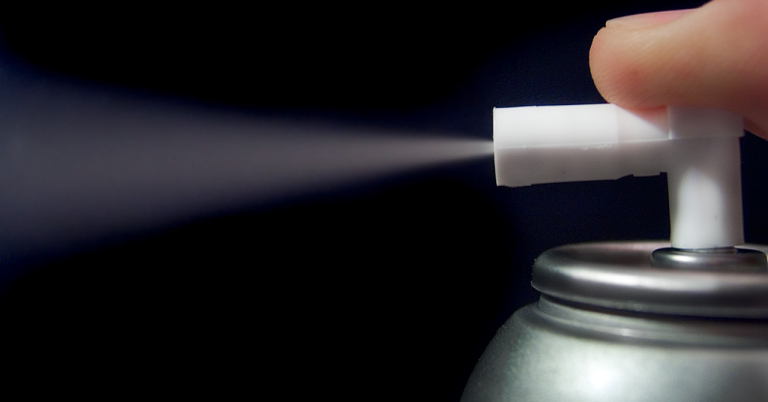
Hexane is a solvent widely used as an industrial cleaner and degreaser and is an ingredient in many consumer products. Easily inhaled or absorbed through the skin, hexane has been recognized for more than 40 years to cause long-lasting and even permanent nerve damage in feet, legs, hands, and arms.

A legacy pollutant that can contaminate soil and water supplies for decades, hexavalent chromium is a widespread contaminant at hazardous waste sites and in drinking water.
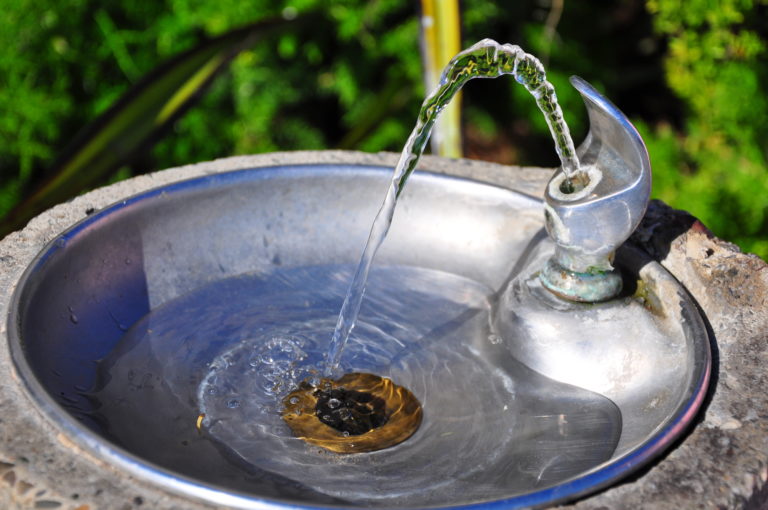
Lead is found naturally in the earth, but just because it’s natural chemical elements doesn’t mean it’s harmless. It is a heavy metal with a long history of industrial and personal use—and just as long of a history of harming human health. It has actually been recorded to be harmful as early as 2,000 BC!
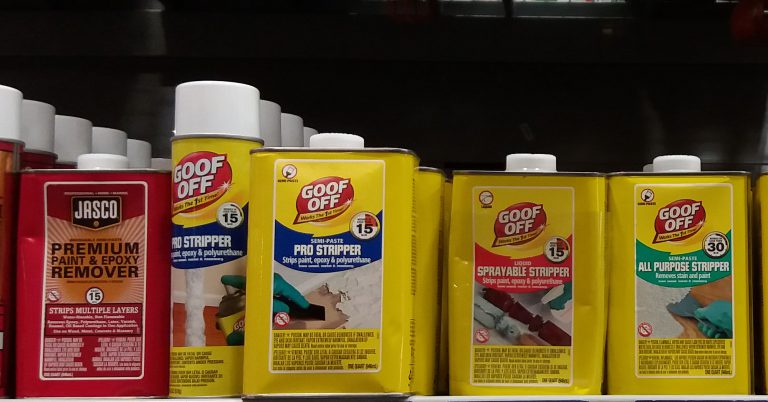
Easily inhaled, methylene chloride converts to carbon monoxide once inside the body—making it especially dangerous for people with heart or lung disease, and pregnant women.
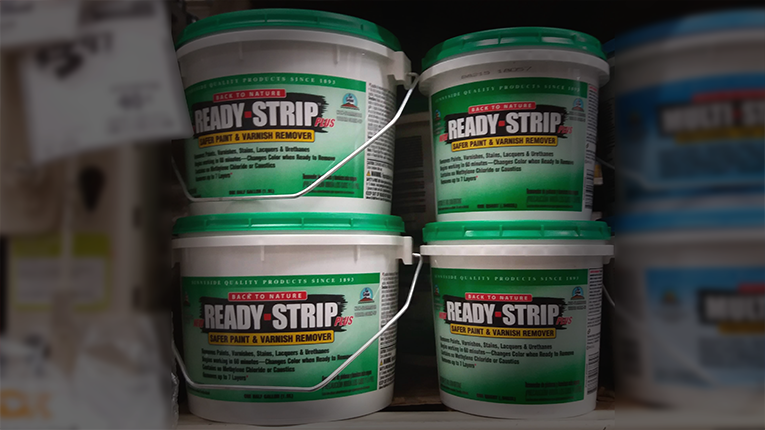
N-Methylpyrrolidone (a.k.a. 1-methyl-2-pyrrolidone or NMP) is a solvent used in a variety of industries and applications, such as paint and coating removal, petrochemical processing, engineering plastics coatings, agricultural chemicals, electronic cleaning and industrial/domestic cleaning.

Organotins have been widely used as pesticides and plastics additives. Some are highly toxic to aquatic life or known hormone disruptors.

Parabens have been identified as endocrine disruptors by the EU, Maine and Washington. They mimic the hormones that control functions like growth and sexual development.

PCBs - polychlorinated biphenyls - are synthetic (human-made) chemicals first produced in the late 1920s. They were used as cooling fluids in electrical equipment and machinery because of their durability and resistance to fire.
DDT - dichloro-diphenyl-trichloroethane - was developed as an insecticide in the 1940s, and was widely used during World War II to combat insect-borne diseases.

Chemicals that are persistent in the environment, bioaccumulate in people and/or wildlife, and are toxic are called PBTs. Because of these features, as long as they remain in commerce and may therefore be released into the environment, they will threaten the health of humans and wildlife.

Pesticides are chemicals used to kill pests, such as insects or weeds. Many different kinds of synthetic (human-made) pesticides are used in agriculture or in home-use products.

PFAS, or poly- and perfluoroalkyl substances, have become notorious as drinking water contaminants as a result of industrial releases and use of firefighting foam. But they are used in a wide range of products, from food packaging to stain-resistant furniture, and our exposure comes from multiple sources and routes. PFAS have become global pollutants that threaten the health of people and wildlife.

Phthalates are plasticizers and fragrance carriers used in a wide array of consumer products, especially those containing PVC (polyvinyl chloride).
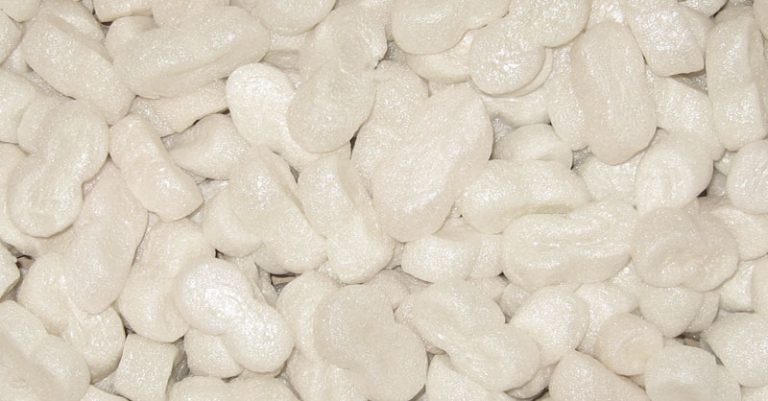
Styrene is a harmful chemical used in the production of polystyrene, a widely used plastic that harms health and the environment during production, use, and disposal.

Tricholoroethylene (TCE) is used as a solvent for metals degreasing, as a spot cleaner in dry cleaning, and in other consumer products. EPA classifies TCE as carcinogenic to humans by all routes of exposure.

We encounter flame retardants every day because they are widely used in electronics, appliances, and insulation, and are still present in older furniture and children’s products.

This pesticide is found in products like toothpaste, cutting boards, yoga mats, hand soap, and cosmetics. It is a hormone disruptor and encourages the growth of drug-resistant bacteria.

Vinyl chloride is used to make polyvinyl chloride (PVC). From production through disposal, vinyl chloride threatens health and contaminates the environment.
